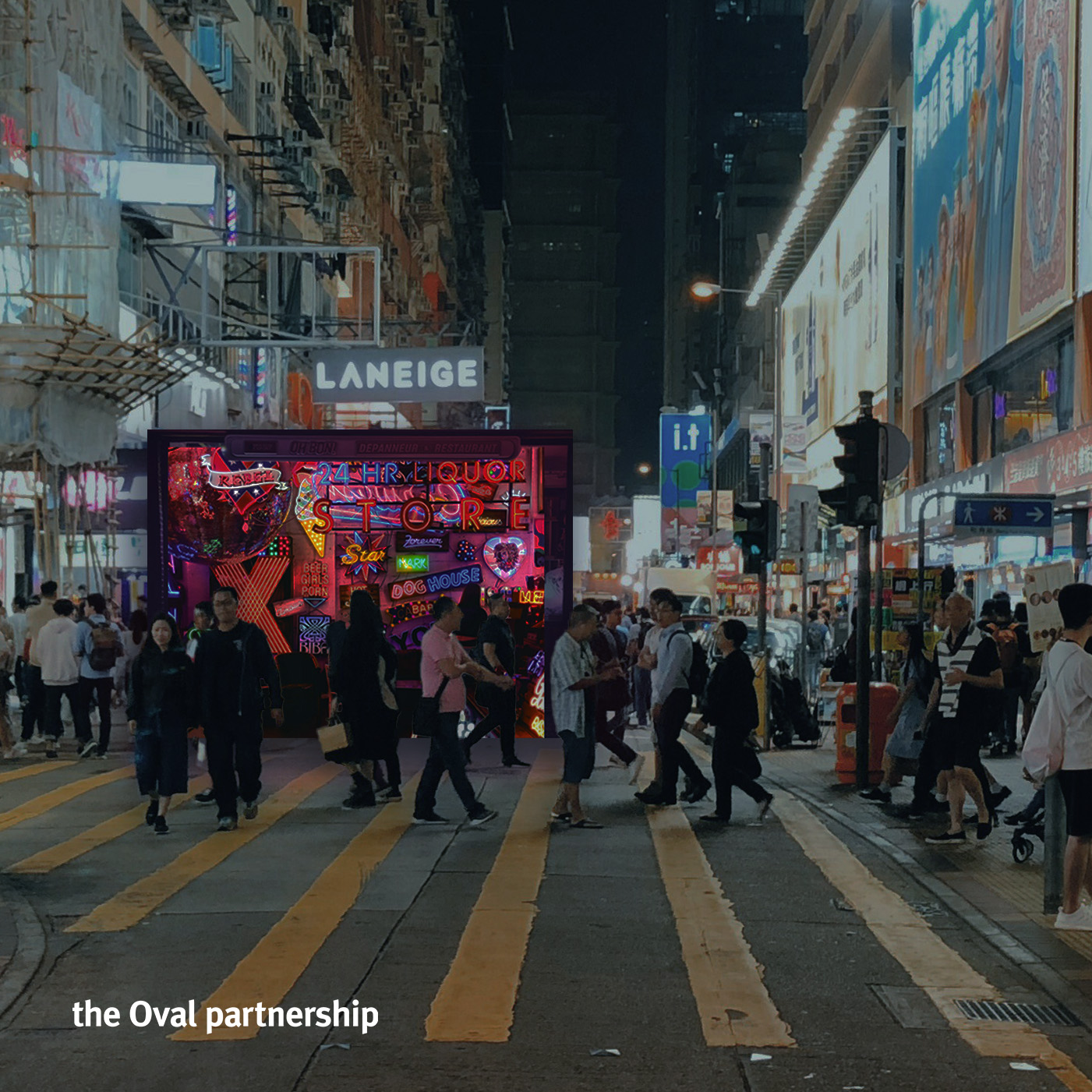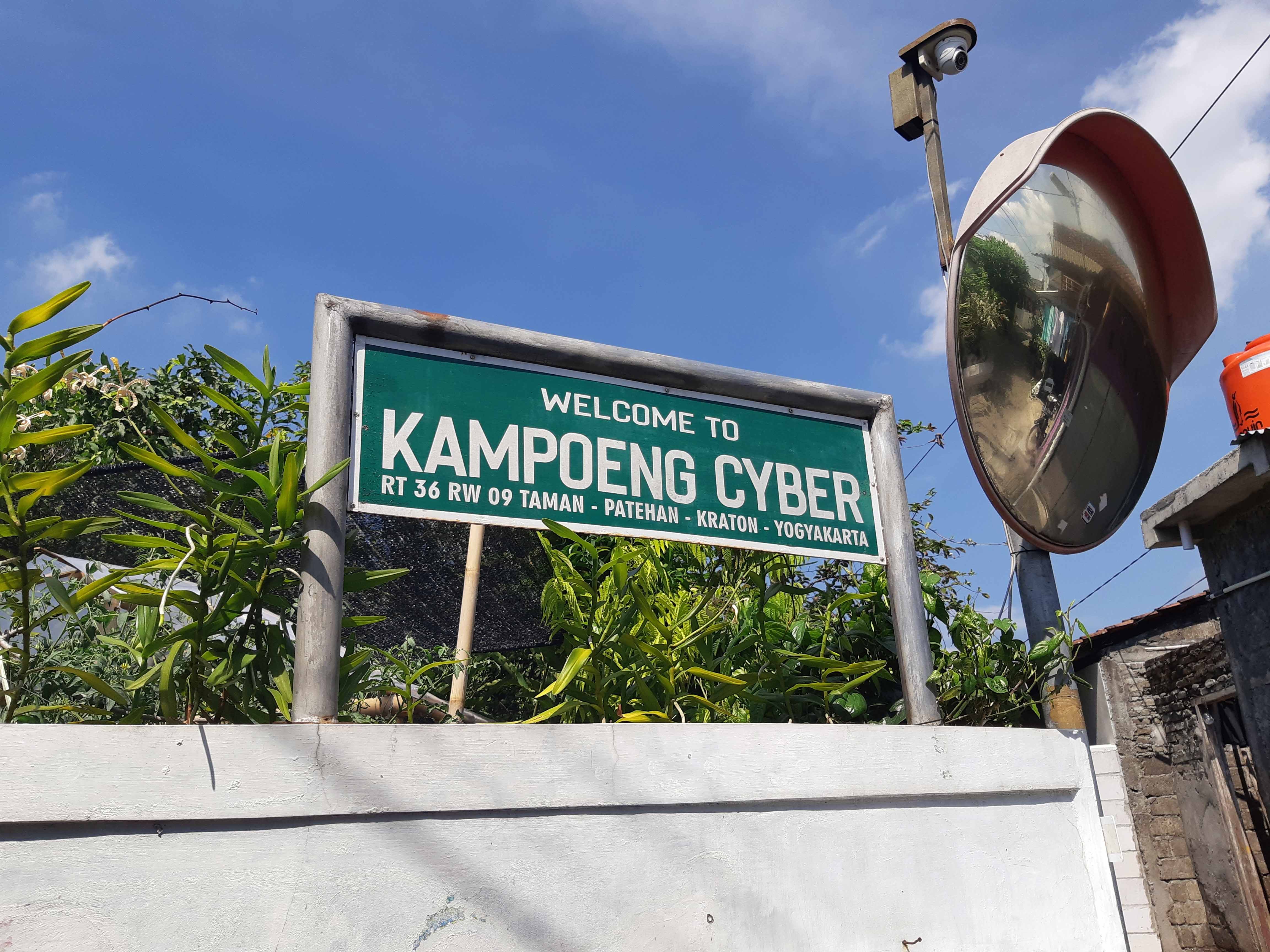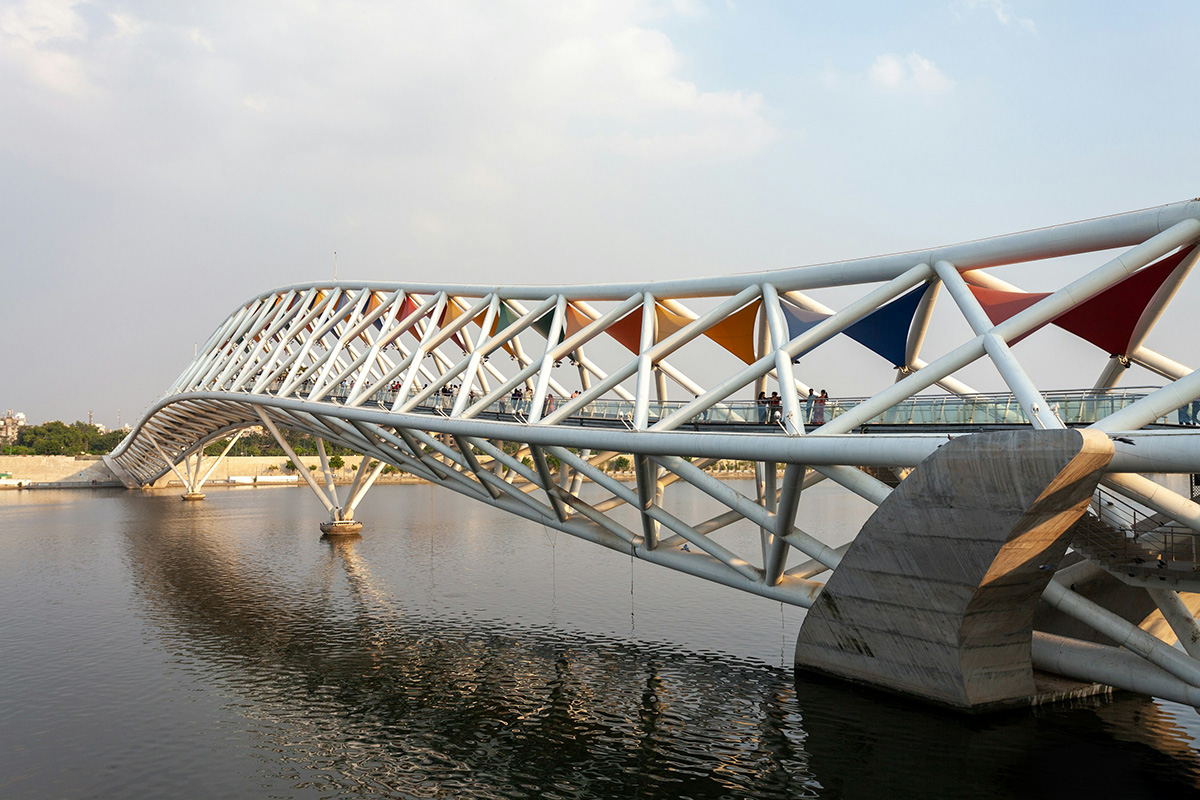The term “pop-up store” today refers to a short-term, temporary retail location that is usually set up in an event space, vacant store-front, or any other temporary location. It emerged from the consumer's urge for exploration and enjoyment, coupled with the brand's aspiration to astonish and craft an unforgettable brand experience.
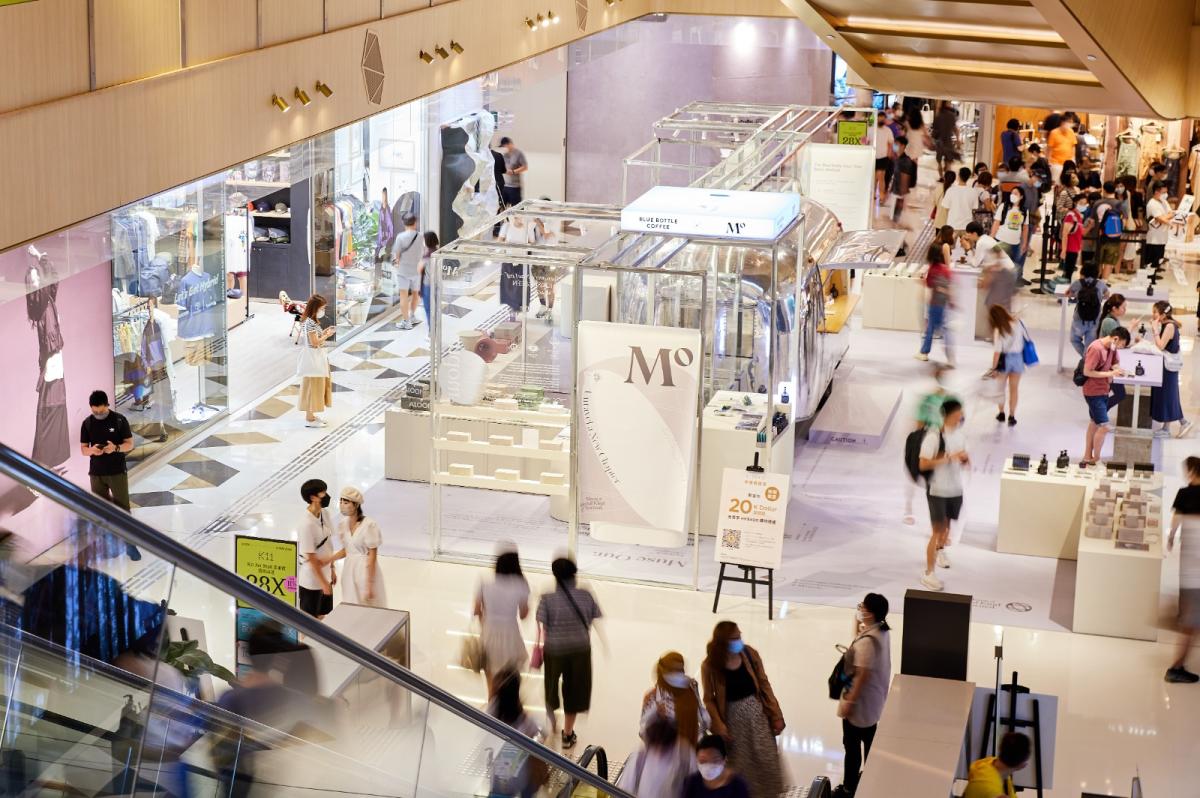
In the history of pop-up stores, this concept was always on the move, attracting people to be on their toes with the latest happenings. It started with Christmas Street markets, seasonal farmer’s markets and food stalls, such as ice cream and hot dog trucks. Over the years, brands have drawn inspiration from this practice and worked their way to create different styles of pop-up stores across various locations. This was a way for businesses to create unique and engaging shopping experiences, generating a ‘momentary buzz’ and evaluate new markets.
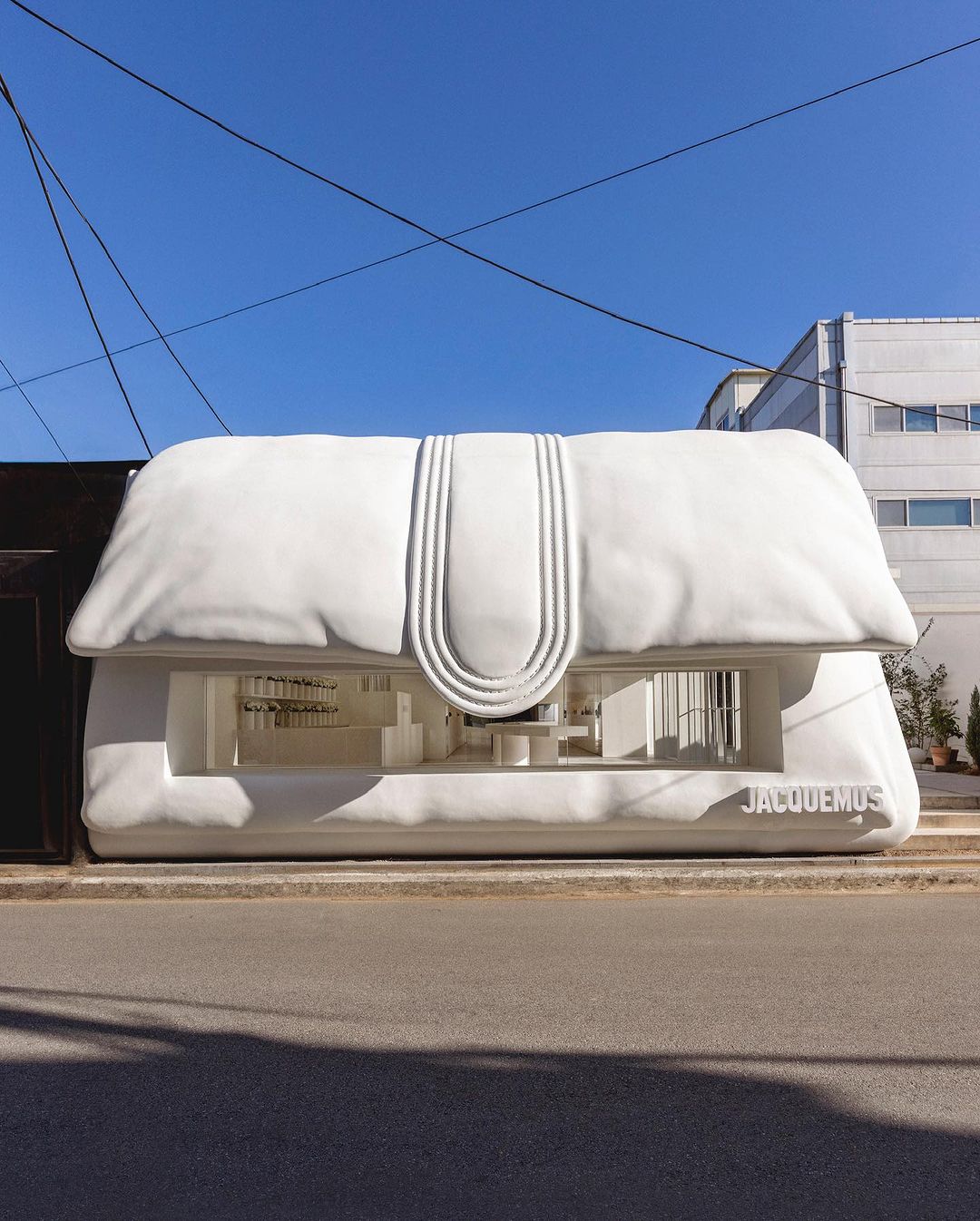
Jacquemus Café Fleurs Pop-Up in Seoul, Photo Credit: Jacquemus
The evolution of a pop-up culture
The roots of a pop-up concept took off in the late 90s when a West Coast music-meet-fashion event, The Ritual Expo created a transformation in Los Angeles. The event featured street culture artists, rap artists and dancers inspiring major American companies to design unique experiences. In the 2000s, this concept called “pop up store” made its appearance and marked the start of a new trend.
While the concept of a pop-up shop remains relatively consistent across countries, there are differences in how they are executed and perceived based on regional and cultural factors. All these international meanings vary based on regulations, acceptance, and popularity preferences.
Pop-up store culture around the world
Pop-up stores exist all around the world, serving different purposes in different regions. In Japan, where space is at a premium, pop-up stores allow young entrepreneurs and emerging brands to showcase their products in highly trafficked areas. In Europe, pop-up stores are a popular way for brands to showcase limited edition collaborations or collections. In the United States, pop-up stores can be found in both urban and rural areas, used by both established and up-and-coming brands as a way to create a buzz and explore new markets.
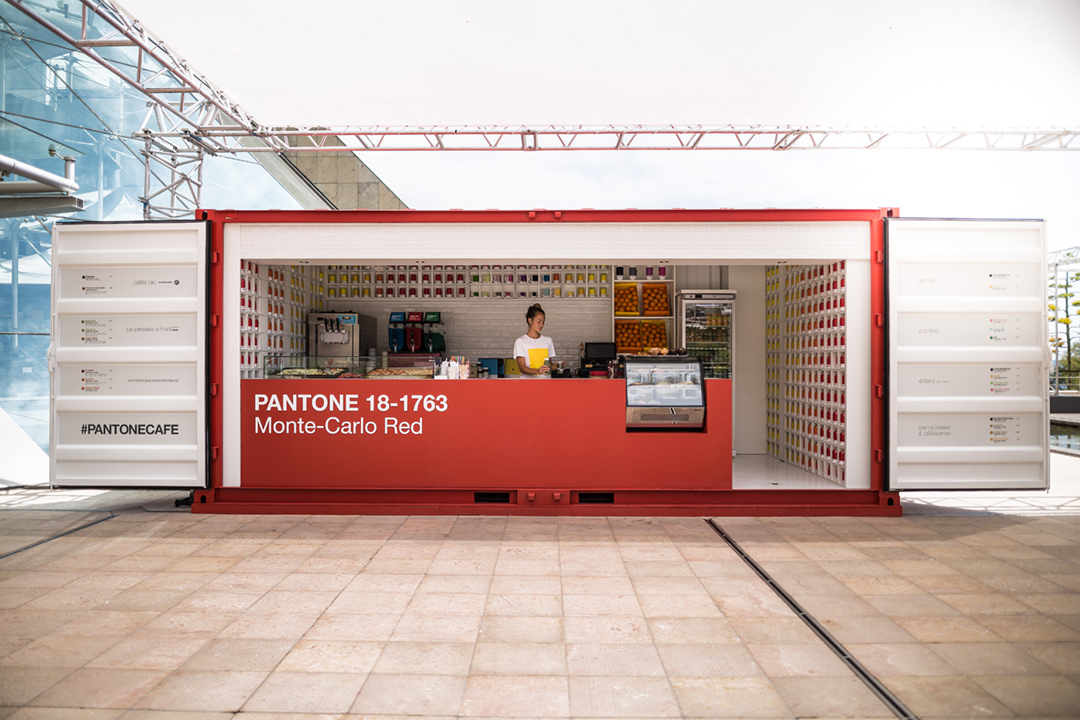
Japan
Japan is well known as a hub of creativity, embracing uniformity and collectivism over individualism. Japanese consumers have deep affection for cherished characters and are always willing to queue for hours for exclusive offerings from their favourite brands, especially if it promises a memorable photo opportunity or a one-of-a-kind souvenir. These experiences are typically set up as cafes and retail shops in high traffic areas such as Tokyo’s Shinjuku or luxury neighbourhoods such as Ginza, Roppongi and Shibuya.
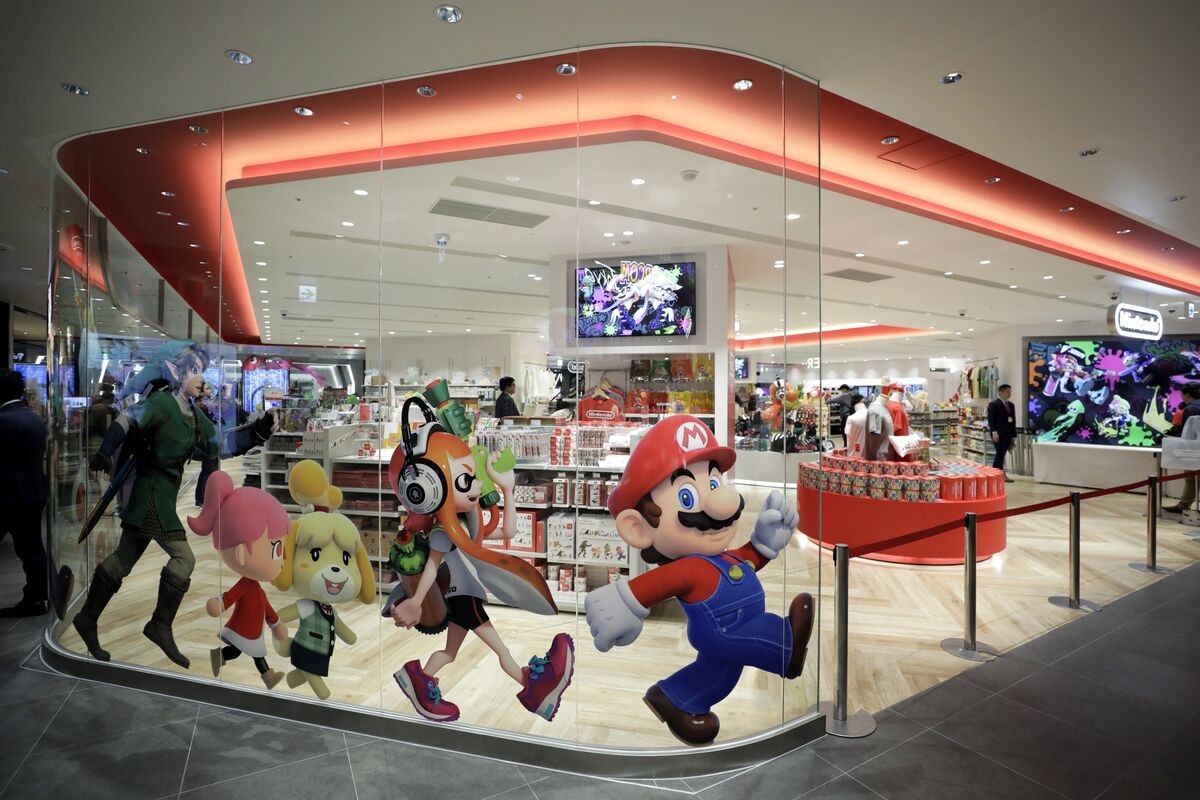
In Shibuya’s coolest and Brooklyn-like neighbourhood, Daikanyama is home to various concept stores and pop-up stores that cater to the latest fashion, lifestyle, and design trends. One of the notable buildings is the Daikanyama Tsutaya Books (T-site), a renowned bookstore complex which hosts pop-up stores, exhibitions, and events related to books, art, and culture. These pop-up stores often feature limited-edition or exclusive items such as branded merchandise, artwork, and local branded products.
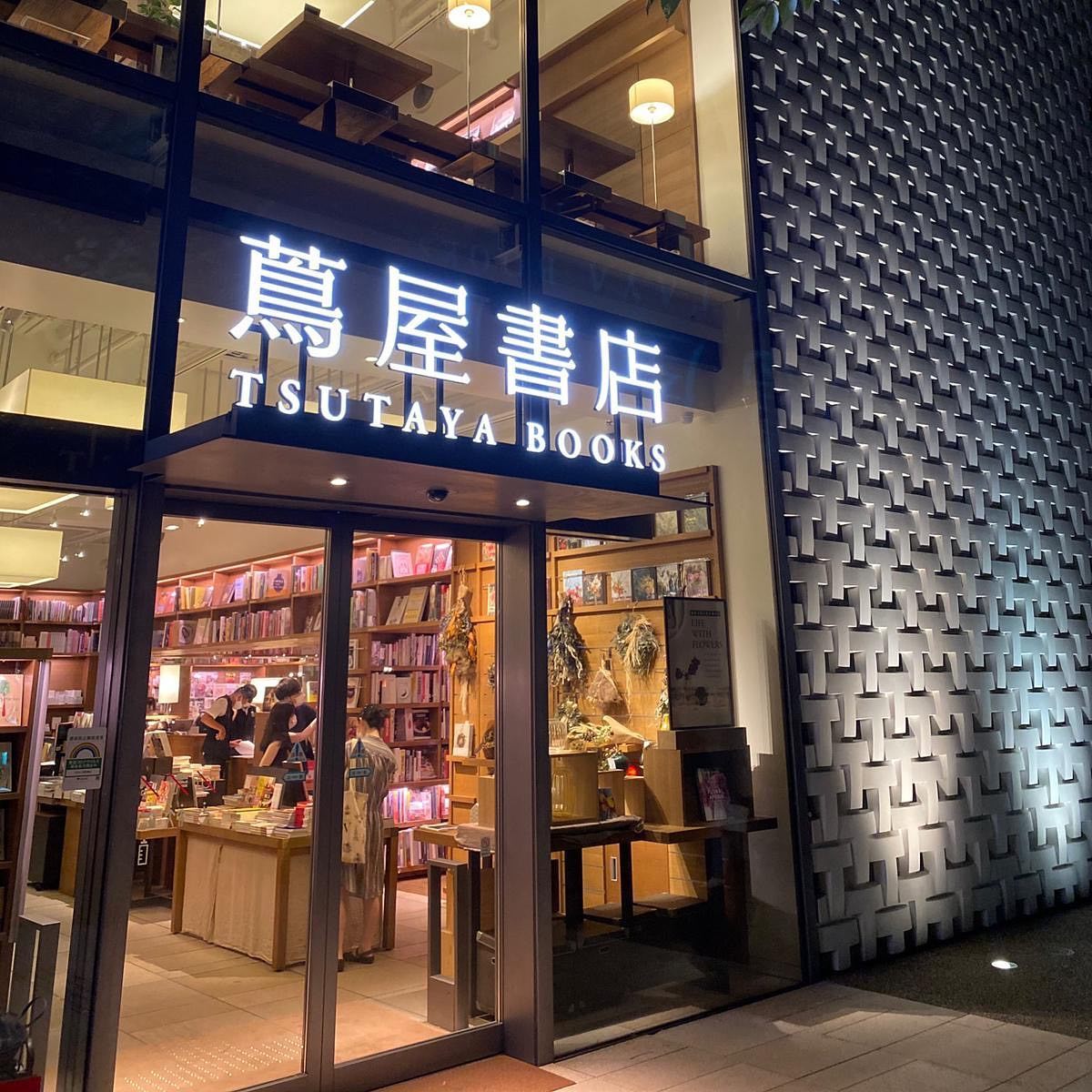
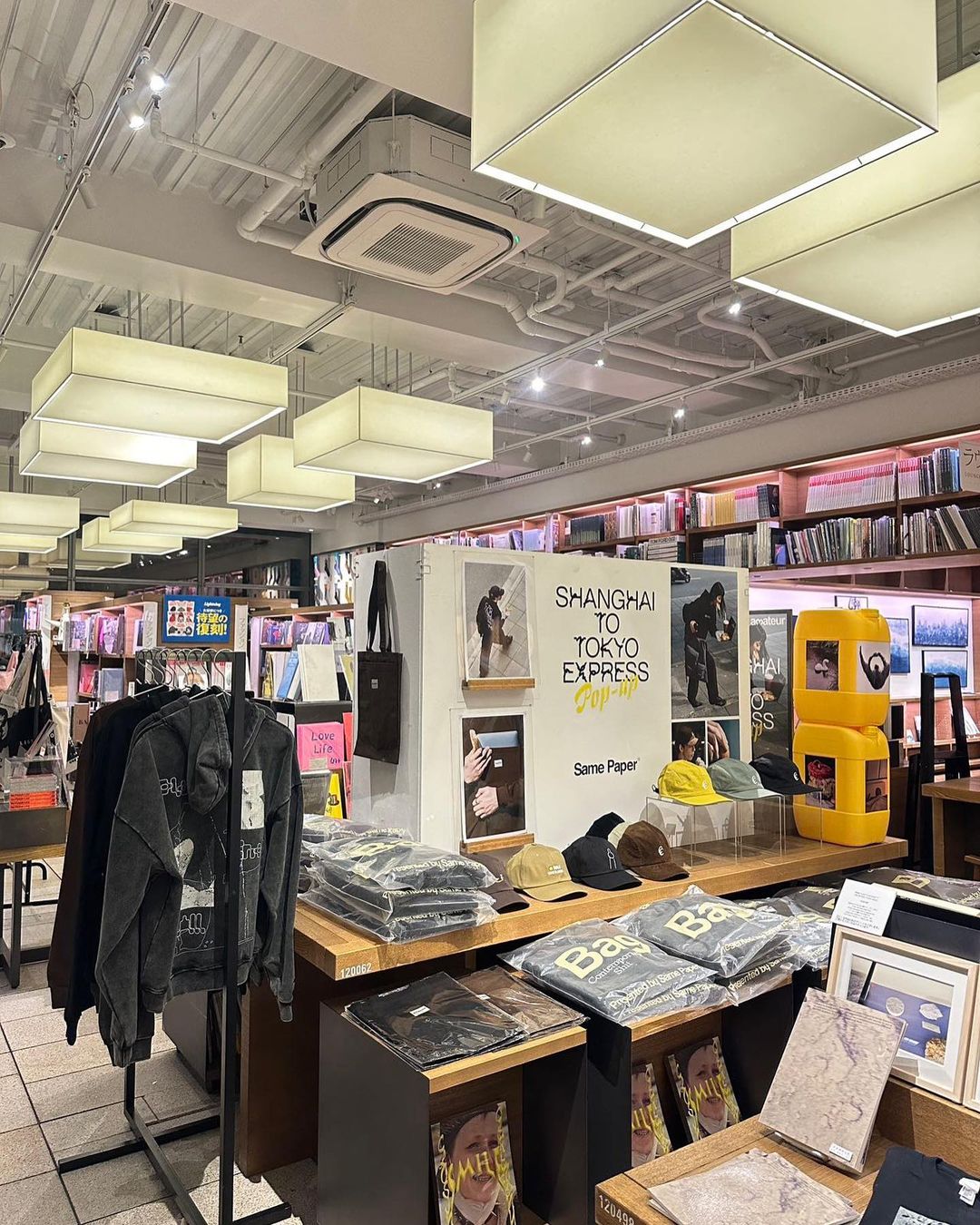
Hong Kong
As one of the most exciting cities with fantastic shopping scenes, Hong Kong has close to 150 malls spread out across different districts. Filled with thousands of brands, Hong Kong will only continue to welcome the latest and greatest in food, design, retail, fashion, and lifestyle products. However, with high rental costs and limited available space, it has always been a challenge for smaller businesses and emerging brands to establish a permanent presence. This provides Hong Kong with opportunities to host temporary or extended pop-up events in shopping malls or unconventional venues such as industrial warehouses or shipping containers.
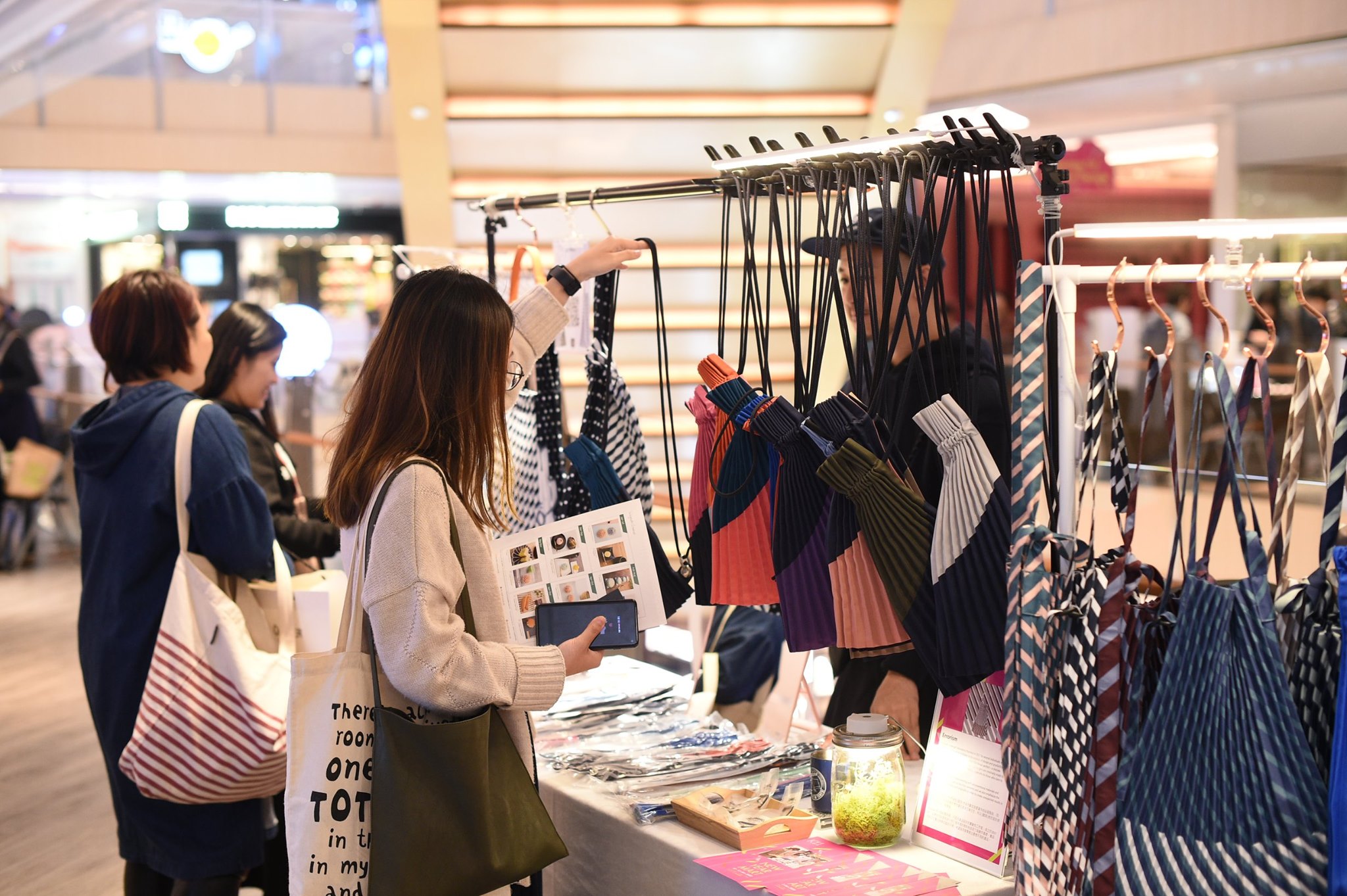
One of Hong Kong’s high-end lifestyle brand malls, K11 Art Mall is built to create a unique “museum-retail space” inviting local and international artists to display their installation and pieces creating a creative and community-driven space for consumers to enjoy their limited products.
London
Central London is known for its vibrant and ever-changing retail scene, making it a hub for trendy fashion boutiques to be immersed in experiential stores, appealing to a wide range of tastes and interests. One of London’s biggest hits in 2023 was eBay's ‘Swap Em Out Store’ concept designed to attract the Gen Z sneakerhead community by mirroring their swapping culture. The pop-up offered sneaker enthusiasts the chance to purchase tickets and exchange their old sneakers for a pair valued at up to three times their original worth. On top of the new sneakers, consumers also had the opportunity to get access to limited-edition sneakers creating a valuable experience.
.jpg)
.jpg)
Rise in pop-ups
The rise of pop-ups in the retail industry is becoming increasingly prominent, particularly in an environment where traditional retail properties are facing challenges. Pop-up stores are being seen as a potential strategy that could shape the future of retail. Retail property developers are exploring innovative designs and plans to attract consumers, with some malls already incorporating multiple floors of stylish units specifically designed to accommodate businesses offering various products and services.
For example, SOLO, a shopping mall in Hong Kong, has embraced this trend by providing short-term to long-term rentals for small to large units. These units can cater to a wide range of businesses, including retail stores, classrooms, beauty salons, nail salons, and more. This approach allows businesses of all types to take advantage of the flexibility and convenience offered by pop-up spaces.
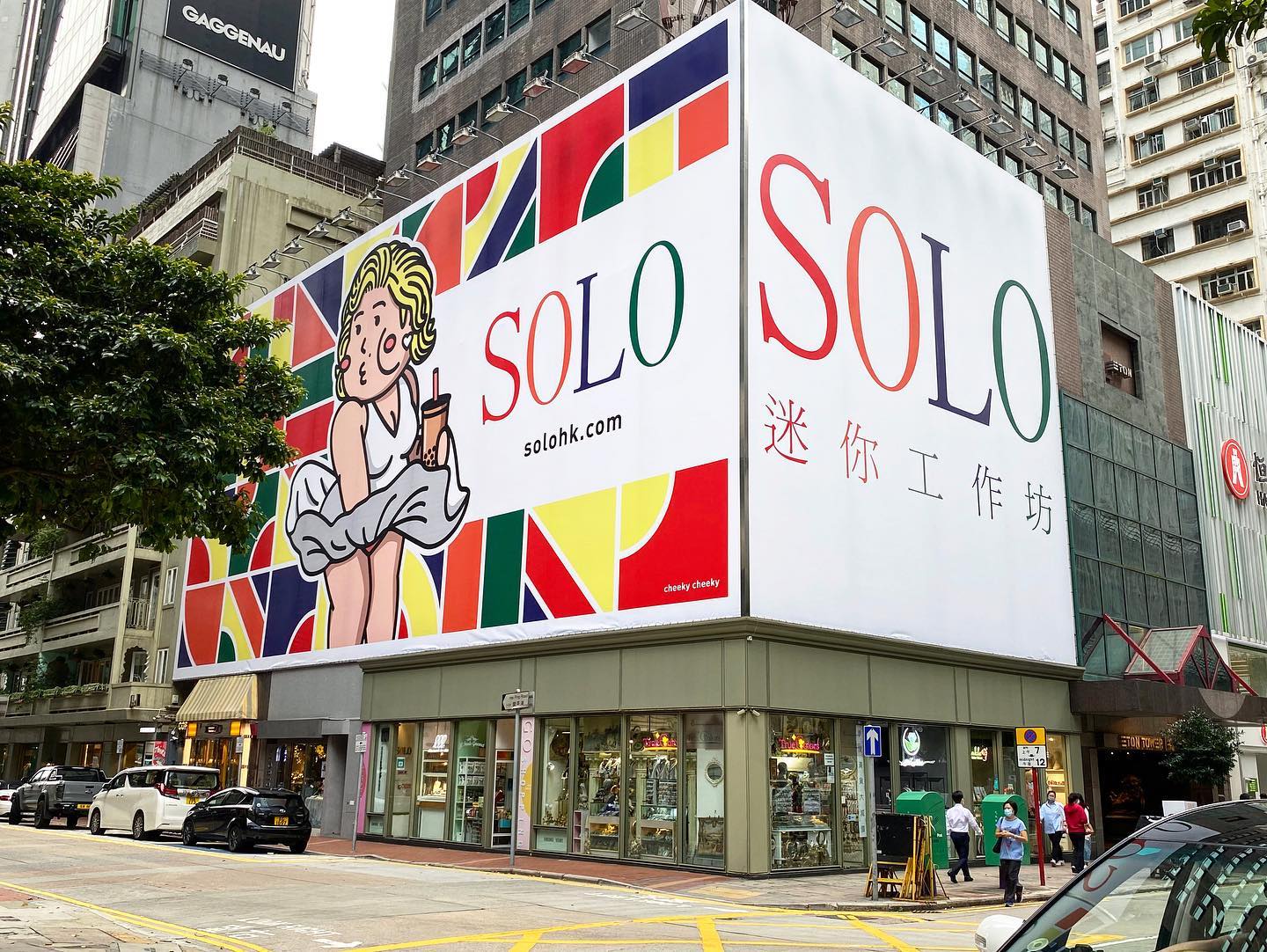
While pop-up stalls may be marketed by landlords as new and exciting opportunities, it is crucial to consider a long-term masterplan for the future of retail. While pop-ups can bring novelty and diversity to retail developments, it is important to strike a balance between temporary and permanent retail spaces.

